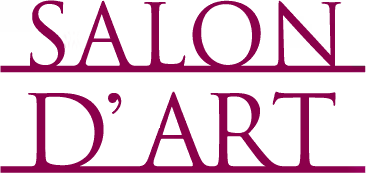
Ateliers
Studios
Throughout the history of printmaking, artists have worked in partnerships with ateliers or studios to produce limited edition folios and illustrated books, commonly called artist books, or Livre Artist in French. Famous ateliers, such as Mourlot Frères and Lacourière-Frélaut, collaborated with artists like Picasso and Matisse to create their illustrations and elaborate book projects.
Aime Maeght
Aime Maeght was a printer who became one of the Western world’s most influential art dealers. During more than 50 years as an art dealer, Mr. Maeght (pronounced Mahg) represented such leading European artists as Joan Miro, Marc Chagall, Alberto Giacometti, Henri Matisse, Pierre Bonnard, and Georges Braque. He often selected artists who had as yet little or no reputation, such as Braque and Giacometti, as well as those considered controversial. He once said that he chose Braque over Pablo Picasso because ”Picasso wanted exclusivity, and he was demanding.”
L’Atelier Mourlot Frères
Founded in 1852 by Honoré Bataille, the workshop on Rue de Chabrol in East Paris was bought in 1914 by Jules Mourlot, another printing atelier owner. It became the Mourlot Frères in 1921, and thereafter Fernand Mourlot invested all his energy and creativity into elevating it into the most attractive and capable lithographic workshop in the world. The list of artists who went there is lengthy and impressive: Buffet, Chagall, Cocteau, Dali, Dufy, Léger, Magritte, Miro, Moore, Shahn, de Stael, Villon, and Picasso, to name a few.
L’Atelier Lacourière-Frélaut
In 1929, Roger Lacourière opened his Montmartre atelier on Rue Foyaltier. From a long heritage of printmakers and engravers, his inventive genius and constant search for new graphic techniques lead to the entrustment of some of the most creatively talented artists of his time. Artists often relied on Lacourière’s expert printmakers and technicians to guide them through the process. In 1979, the Modern Art Museum of Paris held the retrospective, “Atelier Lacourière-Frélaut, 50 years of activity in copperplate engraving 1929-1979.”
Les Crommelynck Frères: La Route des Cuivres
Introduced by Vollard to Lacourière, Pablo Picasso began working in the Lacourière atelier in 1932. Their first collaboration started with Cent Planches, beginning a loyal friendship, and involved dozens of livre d’artistes down the line. As Picasso’s master printer, Roger Lacourière, as well as his successors, promised to not printings. In 1950, they ran this printing studio under Picasso’s supervision, as each plate was proofed and approved by Picasso himself, producing over 750 engravings, including 347 plates and 156 final proofs for the “Celestine” series.
